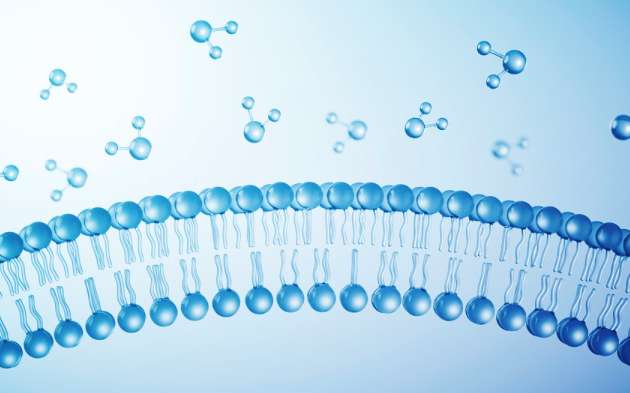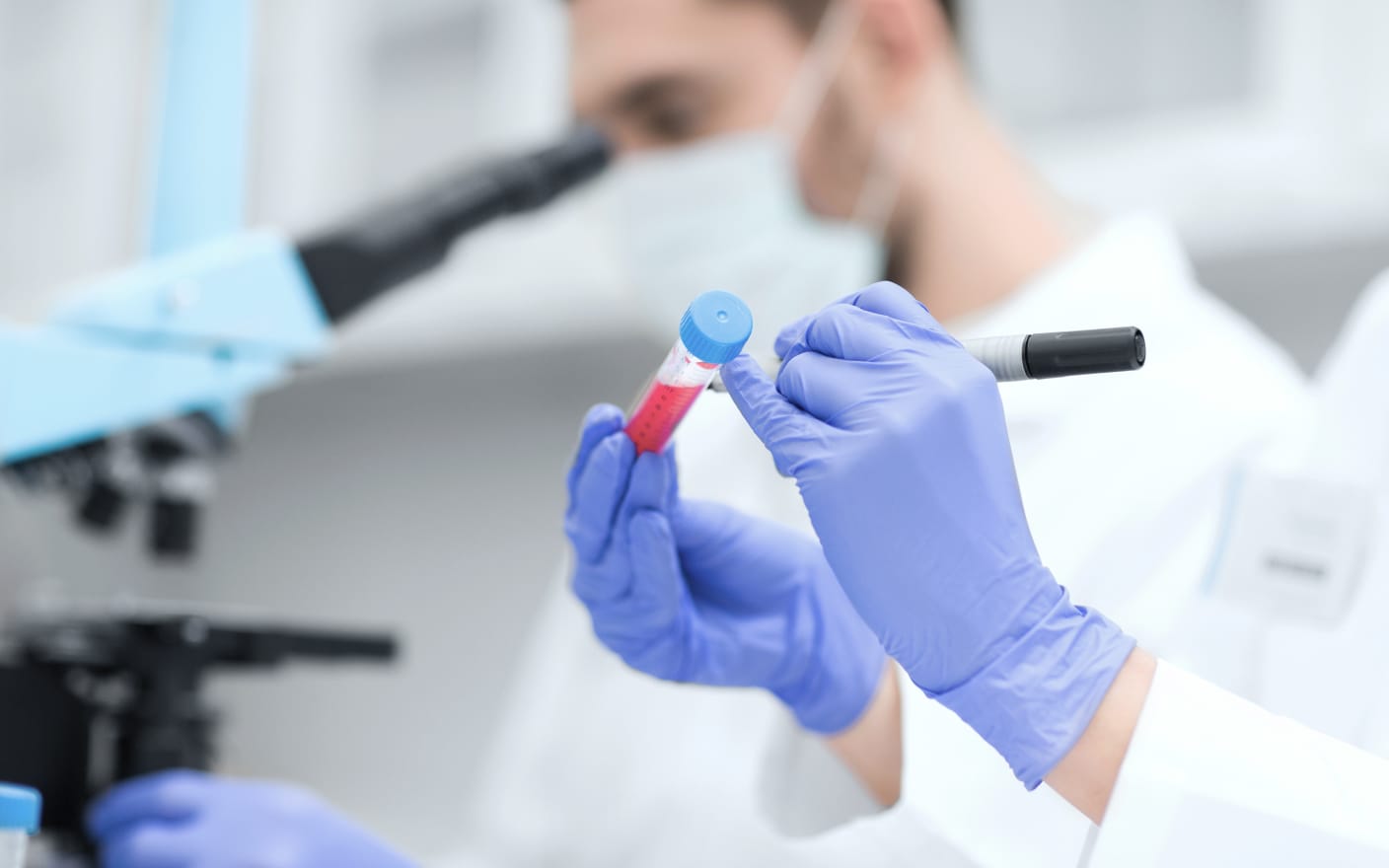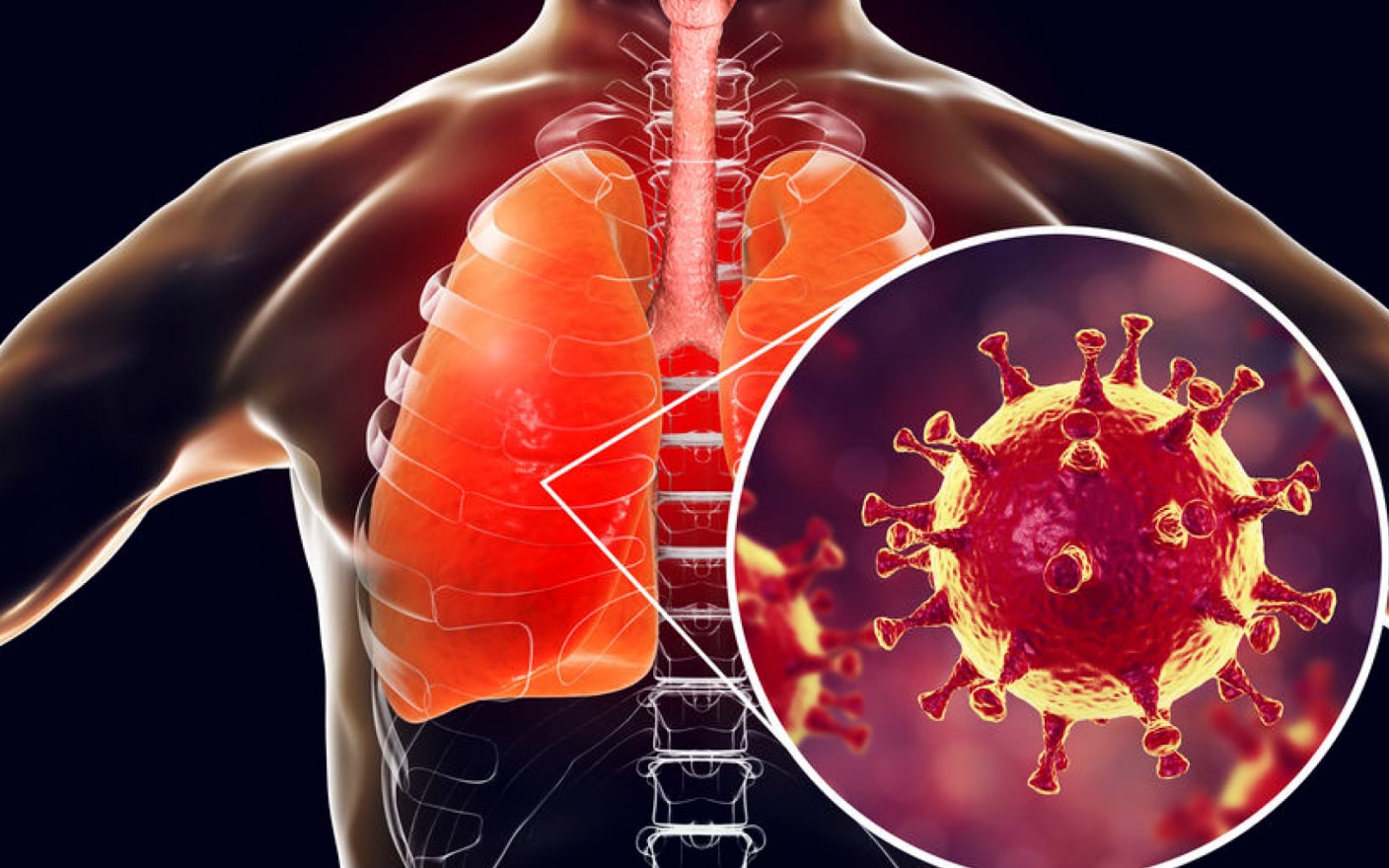The DMDG is excited to announce the title and session synopses for the 51st Open Meeting: Shaping the future of DMPK taking place in Cambridge, UK this September.
WuXi AppTec DMPK will participate in this meeting and deliver a scientific presentation and posters. We look forward to meeting you at DMDG 2025!
Featured Presentations
Radiolabeling Synthesis and ADME Profiling of GLP-1 Analogs: Challenges and Preclinical Insights
GLP-1 receptor agonists, including mono-, dual-, and triple-receptor analogs engineered through sequence and fatty acid chain modifications, have gained significant momentum in treating type 2 diabetes and obesity. Understanding the absorption, distribution, metabolism, and excretion (ADME) of these large peptides (3,000~6,000 Da) necessitates radiolabeling techniques.
14C is the preferred isotope for GLP-1 analogs, consistent with clinical requirements. However, their low administered doses (0.15~3 mg/kg) demand high specific activity (~200 mCi/mmol). Prolonged half-lives further complicate ADME studies: excretion profiling and quantitative whole-body autoradiography (QWBA) often require >30 days of urine, feces, and carcass collection. Metabolite identification in excreta, bile, and plasma is particularly challenging due to catabolic pathways (e.g., β-oxidation of fatty acid moieties) beyond amide hydrolysis.
This presentation will detail:
Radiolabelling synthesis strategies for linear and cyclic GLP-1 peptides.
Complete excretion recovery methodologies in rodents and non-human primates.
Key metabolite profiling/identification of modified amino acids and fatty acid chains, supported by case studies.
Speaker
Our posters
Other Resources
-
Our posters
-
Other Resources
-
Optimisation of an In Vitro Plated Monkey Hepatocyte Model and Comparative Metabolite Profiling of a GalNAc-Conjugated siRNA, siRNA01, in Monkey Liver Homogenate and HepatocytesOral Drug Delivery: A Novel Multi-Segment Intestinal Cannulation Approach in Beagle DogsBiomimetic Chromatography Method to Estimate Human Plasma Protein Binding for PeptidesEvaluation of Clearance Prediction Methods for Vepdegestrant (ARV-471) Using PBPK Modelling: Insights into PROTAC Clinical PharmacokineticsThe Application of Bile Duct Cannulation Animal Models in Radiolabeled Preclinical ADME StudiesBioanalytical Strategy for Antibody-Drug Conjugates (ADCs) Based on Integrated Mass Spectrometry Bioanalysis PlatformEvaluation of the Safety and Cross-Species Tolerability of Solutol HS 15 via Intravenous Administration in Various AnimalsAn LC-MS/MS Method for Quantification of a Near-Infrared Fluorescence-Targeted Contrast Agent in Diverse Biological MatricesView More
-
-


Practical Derivatization Approaches for LC‑HRMS Metabolite Profiling
ArticlesDec 30,2025 -


Rapid and Reproducible Dibutylation Derivatization Coupled with Ultra-High Performance Liquid Chromatography-Tandem Mass Spectrometry for the Simultaneous Determination of Dopamine, Norepinephrine and 5-Hydroxytryptamine in Rat Brain Microdialysates
PublicationsDec 30,2025 -


GLP-1 Peptide Drug Radiolabeling and ADME Study Strategies
ArticlesDec 24,2025
-
Related Services and Platforms




-

 In Vitro ADME ServicesLearn More
In Vitro ADME ServicesLearn More -

 In Vivo PharmacokineticsLearn More
In Vivo PharmacokineticsLearn More -

 MetID (Metabolite Profiling and Identification)Learn More
MetID (Metabolite Profiling and Identification)Learn More -

 Radiolabeled In Vivo ADME StudyLearn More
Radiolabeled In Vivo ADME StudyLearn More -

 DMPK BioanalysisLearn More
DMPK BioanalysisLearn More -

 Physicochemical Property StudyLearn More
Physicochemical Property StudyLearn More -

 Permeability and Transporter StudyLearn More
Permeability and Transporter StudyLearn More -

 Drug Distribution and Protein Binding StudiesLearn More
Drug Distribution and Protein Binding StudiesLearn More -

 Metabolic Stability StudyLearn More
Metabolic Stability StudyLearn More -

 Drug Interactions StudyLearn More
Drug Interactions StudyLearn More -

 Rodent PK StudyLearn More
Rodent PK StudyLearn More -

 Large Animal (Non-Rodent) PK StudyLearn More
Large Animal (Non-Rodent) PK StudyLearn More -

 Clinicopathological Testing Services for Laboratory AnimalsLearn More
Clinicopathological Testing Services for Laboratory AnimalsLearn More -

 High-Standard Animal Facilities and Animal WelfareLearn More
High-Standard Animal Facilities and Animal WelfareLearn More -

 Preclinical Formulation ScreeningLearn More
Preclinical Formulation ScreeningLearn More -

 In Vitro MetID (Metabolite Profiling and Identification)Learn More
In Vitro MetID (Metabolite Profiling and Identification)Learn More -

 In Vivo MetID (Metabolite Profiling and Identification)Learn More
In Vivo MetID (Metabolite Profiling and Identification)Learn More -

 Metabolite Biosynthesis and Structural CharacterizationLearn More
Metabolite Biosynthesis and Structural CharacterizationLearn More -

 Metabolites in Safety Testing (MIST)Learn More
Metabolites in Safety Testing (MIST)Learn More -

 Radiolabeled MetID (Metabolite Profiling and Identification)Learn More
Radiolabeled MetID (Metabolite Profiling and Identification)Learn More -

 Radiolabeled Non-Clinical In Vivo ADME StudyLearn More
Radiolabeled Non-Clinical In Vivo ADME StudyLearn More -

 Quantitative Whole-body Autoradiography (QWBA)Learn More
Quantitative Whole-body Autoradiography (QWBA)Learn More -

 Human Radiolabeled Mass Balance StudyLearn More
Human Radiolabeled Mass Balance StudyLearn More -

 Radiolabeled Compound SynthesisLearn More
Radiolabeled Compound SynthesisLearn More -

 Novel Drug Modalities BioanalysisLearn More
Novel Drug Modalities BioanalysisLearn More -

 Small Molecules BioanalysisLearn More
Small Molecules BioanalysisLearn More -

 Bioanalytical Instrument PlatformLearn More
Bioanalytical Instrument PlatformLearn More
Stay Connected
Keep up with the latest news and insights.
Submission successful!
We will send you an email with all the posters from this conference once they are ready. Thank you!
-
ok







































